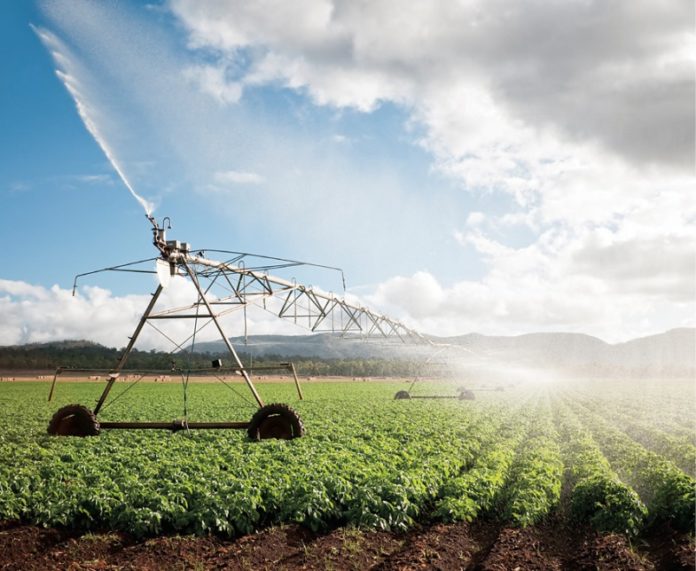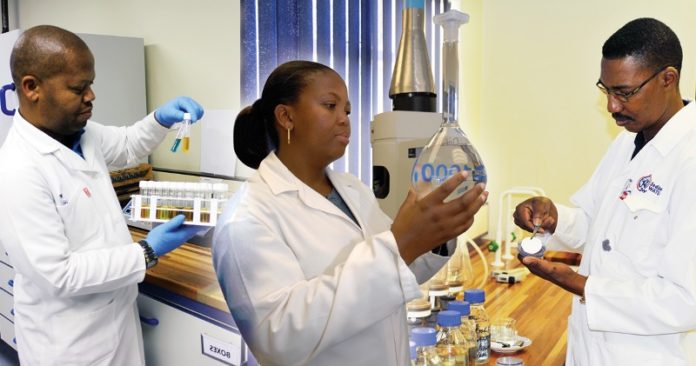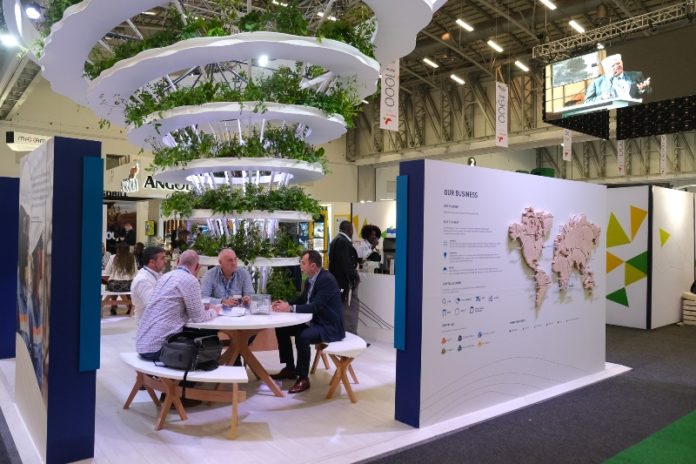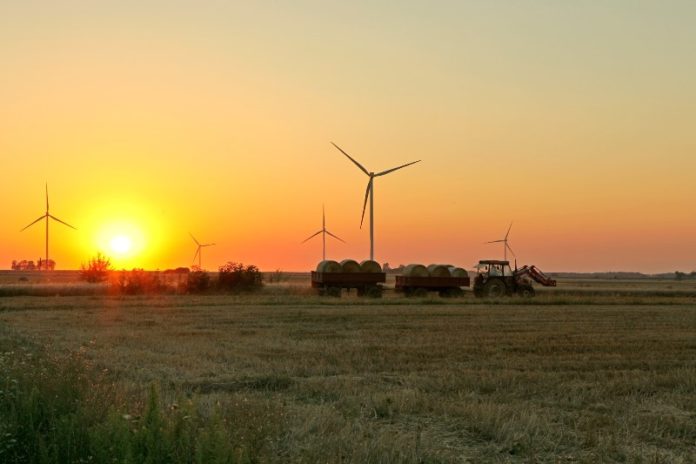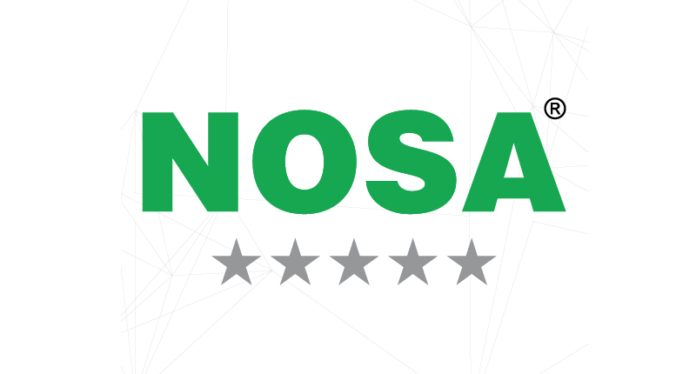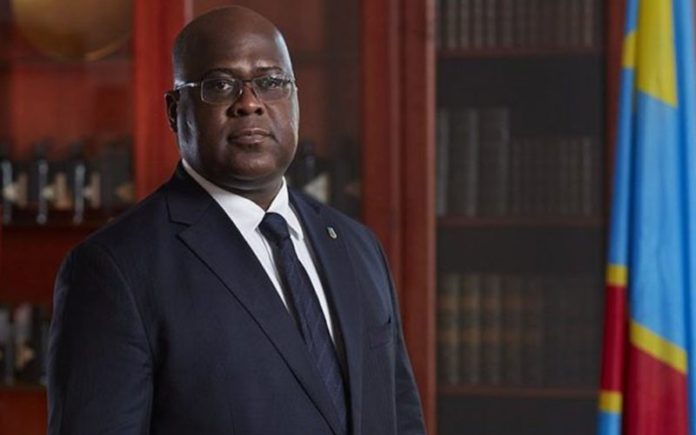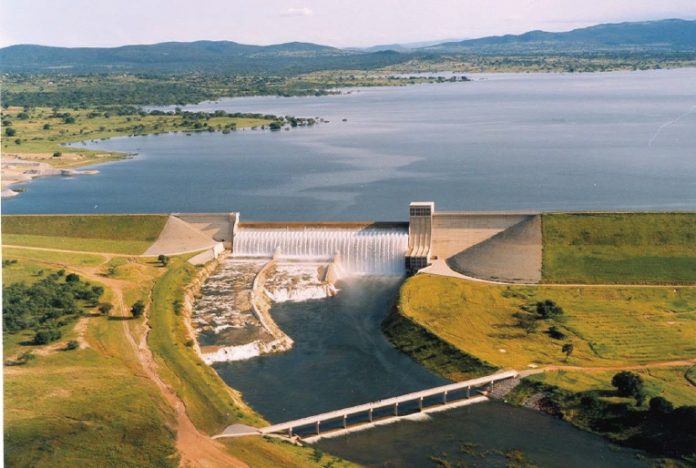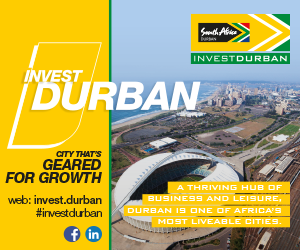Work has already been done in providing manufacturing facilities for the speciality tea, rooibos, at Niewoudtville in the Northern Cape. Investments have also been made in fisheries and new vineyard development for groups of people who previously had not had exposure to the grape and wine sector.
The Northern Cape Department of Agriculture, Land Reform and Rural Development (DALRRD) was behind the rooibos tea factory, which now trades as Bokkeveld Rooibos. The factory takes tea from 85 local farmers with the goal of helping to integrate these farmers into the agricultural and agri-processing business chain.
Two particular areas of interest to assist small-scale farmers are being explored with regard to hemp and crops that can produce liquor. The dry interior of the Northern Cape is suitable for the growing of Agave that provides the source material for tequila, and there are several other opportunities. The rapidly changing legislative environment for hemp and marijuana holds potential in textiles and medicine.
Long-term thinking underpins the adoption by the provincial government of the Northern Cape Climate Change Adaptation Response Strategy. This allows for a framework to tackle drought and other climate change issues.
Occupying 36-million hectares, the Northern Cape is the largest province in the country, almost a third of South Africa’s total land area. Although the province is a predominantly semi-arid region, agriculture is a major component of the economy of the regional economy and the province’s farmers contribute 6.8% to South African agriculture.

The agricultural sector also plays a vital role in the broader economy of the Northern Cape, employing as it does about 45 000 people. This represents about 16% of employment, a much higher figure than the national figure of 5.5%.
Agricultural development takes place along defined corridors within the province:
In the Orange River Valley, especially at Upington, Kakamas and Keimoes, grapes and fruit are cultivated intensively. High-value horticultural products such as table grapes, sultanas and wine grapes, dates, nuts, cotton, fodder and cereal crops are grown along the Orange River.
Wheat, fruit, groundnuts, maize and cotton are grown in the Vaalharts Irrigation Scheme in the vicinity of Hartswater and Jan Kempdorp. The Vaalharts Irrigation Scheme is one of the biggest systems of its kind in the world. Ranging over more than 30 000ha, it has transformed a semi-desert zone into a productive area that sustains cotton, wheat, maize, lucerne, citrus, peanuts, fruit, grapes, olives and pecan nuts.
Vegetables and cereal crops are farmed at the confluence of the Vaal River and the Orange River in the vicinity of Douglas. Of the nearly 40-million 10kg bags of onions produced in South Africa (outside of linked production chains set up by supermarkets), about 10-million 10kg bags come from the Northern Cape.
Wool, mohair, karakul, Karoo lamb, venison, ostrich meat and leather are farmed throughout most of the province. The province is second only to the Eastern Cape in terms of the number of sheep farmed and it is the fourth-largest wool-producing province based on annual sale of producer lots. The Beefmaster abattoir in Kimberley is one of three abattoirs in South Africa to export frozen beef to China. The company processes and packages about 30 000 tons at the abattoir.
The karakul-pelt industry is one of the most important in the Gordonia district of Upington. Agri-company KLK is the only organisation that handles these pelts in South Africa, which are sorted in Windhoek before being sent to Copenhagen for auction.

Leading agricultural companies active in the region
KLK is based in Upington and does much more than karakul pelts. The company’s interests include 19 retail outlets, 12 petrol stations, four Build it franchises and a strong auction division.
KLK runs three abattoirs in Calvinia, Carnarvon and Upington that slaughter lamb and beef carcasses. SA Dorper manages the production and export of dorper skins and the production of cattle hides.
GWK is another company with its headquarters in the Northern Cape, in this case the town of Douglas. In 2016 GWK invested R400-million in a wheat mill, pasta plant and biscuit factory in Modder River. GWK Farm Foods’ new plant has a capacity of 25t/h for wheat flour, 1.3t/h for biscuits and 1t/h for pasta. R60-million was spent on increasing silo capacity to feed the plant. The company reported turnover in 2016 of R8.3-billion.
Senwes is one of the country’s biggest agri-companies and its Northern Cape area of operation is mostly around the Vaalharts irrigation area, which is fairly close to the headquarters just over the provincial border in North West, at Klerksdorp. Storage and handling of grains and oilseeds are the speciality of Senwes.
OVK controls the large Gariep abattoir at Strydenburg, which has a daily capacity of 1 300 sheep, 100 cattle and either 250 ostriches or 750 small game animals. OVK also has trade branches, vehicle dealerships, a finance division and manufacturing facilities for maize meal and wheat meal.
Kaap Agri is a Western Cape company with a presence in the Northern Cape and Namibia.
Rooibos tea
Health trends around the world are helping the sales of rooibos tea, most of which is farmed and processed in the Western Cape and Northern Cape provinces.
Recent studies proving that rooibos tea increases antioxidant capacity in human blood are further proof of the beverage’s healthy qualities. The unique climate and soil of the western part of the province support this niche crop. About 6 000 tons of tea is exported to more than 30 countries and domestic consumption is about 8 000 tons.
In several coffee shops in London, Red Espresso has replaced the traditional double-shot of pure coffee, and a more recent use of the tea is to spruce up cocktails. The Rooibos Council states that more than 5 000 people are employed in the rooibos industry.
Only the leaves of the Aspalathus linearis (a legume that is part of the fynbos family) are used in making rooibos (Afrikaans for “red bush”). Harvested while still green, the leaves are left to dry and ferment in the sun after being cut up. Naturally high in a range of vitamins and potassium, zinc and iron, its low tannin content makes it an excellent alternative as a hot drink. Fair Cape Dairies has a product called Rooiboost.

Plans in place
Consulting firm Aurecon was involved in doing a feasibility study and compiling a business plan for the rehabilitation and upgrading of the irrigation scheme and agribusiness development in the Vaalharts and Taung areas, a major concern of the DALRRD. The aim is to anchor the project in Ganspan. Another goal is to establish black pecan nut farmers in the area.
Another new area where the DALRRD is involved is in issuing permits and licences for trout production at the Vanderkloof Dam. This aims to create new stream of food production, reduce anxiety related to food security and create jobs.
Other priority projects to support the rollout of agri-processing include:
- Namaqua irrigation development
- Rooibos development
- Vanderkloof fisheries
- Vaalharts revitalisation
- Vineyard development scheme
The Agri-parks initiative is designed to promote inclusivity in agriculture and to grow agri-processing, particularly closer to where farmers farm. The concept brings together farmers, traders and agri-processors (such as abattoirs) in convenient sites within each district municipality. Within these parks, support for rural smallholders will be available in terms of equipment hire from a central source, storage facilities, packaging of produce and getting products to market. The Agri-park intends to provide a network for farmers and manufacturers. There will also be training available.
The provincial department has a programme to place unemployed agricultural graduates at land-reform farms in the province to make sure that the farms are run well, at the same time giving the graduates hands-on experience.
The commercialization of the goat project which has been running in the Northern Cape for some time has been expanded into Namibia. Emerging farmers in Namibia are being exposed to the benefits of the programme.
Aquaculture and mariculture
The Northern Cape’s 313 kilometers of coastline means that the province is well placed to take advantage of a growing global demand for abalone.
The aquaculture consultancy Sustainable Environmental Aquaculture Services (SEAS) helped create an abalone farm at Kleinzee which will produce 200 tons of product per year when it is at full capacity. The Western Cape company Tuna Marine is contracted to buy abalone from the Kleinzee facility, which is owned by Ponahalo Holdings (the empowerment partners of De Beers Consolidated Mining South Africa).
With food security an important consideration, the provincial government has committed to supporting small-scale fishers. Forty farmers have signed up for a Catfish Project in the Vaalharts area. The scheme lies in the Phokwane Local Muncipality, north of Kimberley, which falls under the Frances Baard District Municipality.
A joint venture by the National Department of Science and Technology (DST) and HIK Abalone is running an abalone project in Hondeklip Bay with the intention of producing 120 tons of abalone for sale. This seaside town is very well known for its kelp. The coastline of the Northern Cape has 2 000 hectares of kelp beds. There is a growing domestic and international demand for kelp.
The old John Ovenstone factory in Port Nolloth is now the site of small-scale hatcheries for abalone and oysters. Premier Fishing has a lobster-processing plant in Port Nolloth.

Nuts
Nuts-in-shell pecan nuts are popular in China. South African producers are able to supply fresh nuts for the Chinese New Year when demand for the snack is high.
Some analysts believe that the Northern Cape could become a global centre for pecan nut production. Figures released by the South African Pecan Nut Producers Association (SAPPA) suggest that huge increases in production and the extent of land planted to nuts is already underway.
Production of pecan nuts grew from 5 000 tons in 2010 to 10 500 tons in 2015, and the figure continues to rise as world markets react positively to the South African product. At one time it was thought that pecan nuts were better suited to tropical and subtropical climates, but the consensus is now that the Northern Cape is ideal for the cultivation of the versatile and healthy nut.
Hot summers and short, cold winters are perfect, together with the dry air which has made areas like Prieska, Upington, the Orania district and the Vaalharts area the site of many new groves. SAPPA says that 90% of the new plantings in South Africa are happening in the drier, western parts of the country. Farmers have to be patient because the nut takes a long time to grow.
Find more Northern Cape business and investment insight in the Northern Cape Business 2019/20 edition (digital journal):
Additional agriculture sector resources:
- Agri SA: www.agrisa.co.za
- Northern Cape Department of Agriculture, Land Reform and Rural Development: www.agrinc.gov.za
- Northern Cape Economic Development Trade and Investment Promotion Agency: www.nceda.co.za
- Niewoudtville: www.niewoudtville.com
- Rooibos Council: www.sarooibos.co.za
- South African Pecan Nut Producers Association: www.sappa.za.org



